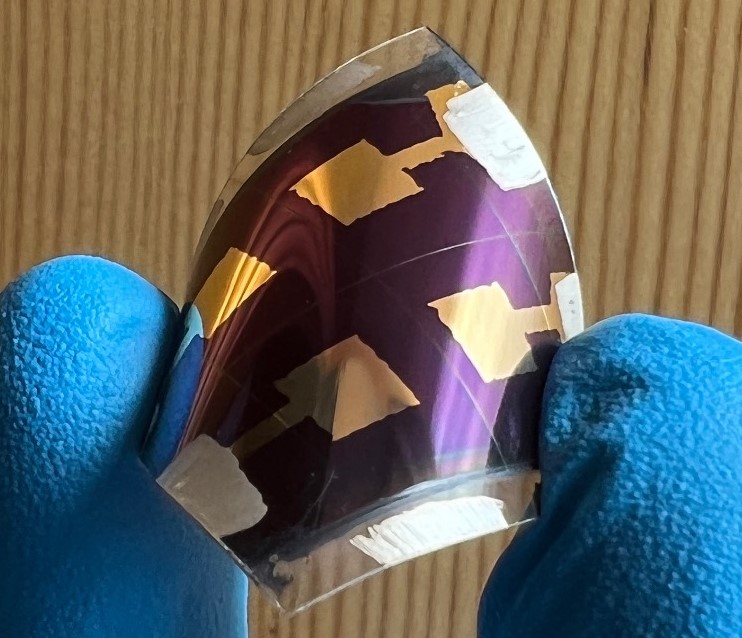From pv magazine Global
Scientists at the University of Rome Tor Vergata have developed a perovskite solar cell for indoor applications such as autonomous wireless sensors, low-power consumer electronics, smart homes, domotics, and Internet of Things (IoT) applications.
“All these elements require efficient and easy-to-integrate energy harvesting devices to power them,” researcher Thomas M. Brown told pv magazine. “Indoor photovoltaic power sources, on ultra-thin bendable substrates, will have the potential to facilitate these technological innovations if they can provide sufficient energy under indoor illumination rather than the sun.”
The research team built the cell with a substrate made of polyethylene terephthalate (PET).
“Compared to other plastic substrates such as polyethylene naphthalate (PEN), PET offers greater UV durability and is six times more cost-effective,” Brown explained. “These qualities position it as the transparent polymer substrate of choice for plastic electronics.”
The researchers constructed the cell using a sequence of layers, including a PET substrate, an indium tin oxide (ITO) layer, a tin(IV) oxide (SnO2) electron transport layer (ETL), a perovskite absorber, a tetrabutylammonium bromide (TBAB) layer, a Spiro-OMeTAD hole-transporting layer (HTL), and a top electrode made of gold (Au).
The incorporation of TBAB atop the 3D perovskite matrix helped to reduce defect density and enhance the stability of the overall bulk 3D perovskite structure.
“This, in turn, reduces trap-assisted recombination which is critical for efficient carrier collection in indoor low-light conditions since the photogeneration rate of carriers is low,” the researchers said. “The overall result is a considerable enhancement in device performance.”
Tested under standard illumination conditions, the cell achieved a power conversion efficiency of 32.5%. It also maintained more than 80% of its initial efficiency after 1,000 bending cycles.
“The resulting PV cell has 1.4 times higher carrier lifetime, one order of magnitude lower leakage currents, and 3 times lower defect densities, suppressing recombination,” the group stated.
The researchers described the solar cell in “Highly Efficient Flexible Perovskite Solar Cells on Polyethylene Terephthalate Films via Dual Halide and Low-Dimensional Interface Engineering for Indoor Photovoltaics,” which was recently published in RRL Solar. The research team includes scientists from the University of Guilan in Iran, GreatCell Solar Italia, the Centre for Hybrid and Organic Solar Energy (CHOSE), the Institute of Crystallography (IC-CNR), the Institute of Nanotechnology (CNR NANOTEC), and the University of Salento.
This content is protected by copyright and may not be reused. If you want to cooperate with us and would like to reuse some of our content, please contact: editors@pv-magazine.com.









5 comments
By submitting this form you agree to pv magazine using your data for the purposes of publishing your comment.
Your personal data will only be disclosed or otherwise transmitted to third parties for the purposes of spam filtering or if this is necessary for technical maintenance of the website. Any other transfer to third parties will not take place unless this is justified on the basis of applicable data protection regulations or if pv magazine is legally obliged to do so.
You may revoke this consent at any time with effect for the future, in which case your personal data will be deleted immediately. Otherwise, your data will be deleted if pv magazine has processed your request or the purpose of data storage is fulfilled.
Further information on data privacy can be found in our Data Protection Policy.